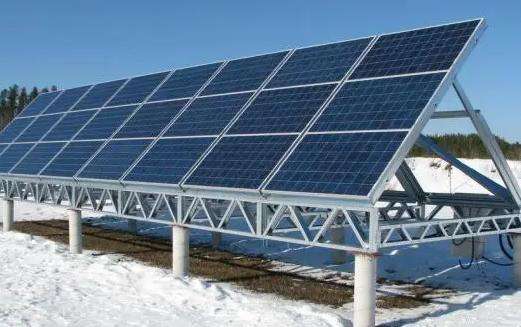Use wire to tie the colorful pinwheel to the wire rope.
A windmill is a power machine that does not require fuel and uses wind as energy. Early wind turbines were also called windmills. Modern wind turbines mostly refer to wind turbines used to generate electricity, and are also used to lift water for irrigation.
The ancient windmill developed from sails. It had 6 to 8 sail-like canopies, distributed around a vertical axis. When the wind blew, it rotated around the axis like a revolving lantern. , called a revolving windmill. Due to its low efficiency, this kind of windmill has been gradually replaced by wooden cloth windmills with horizontal rotating shafts and other windmills, such as "vertical windmills", "automatic rotor windmills", etc.
Translational phenomena are common in life, such as cars moving in a straight line on the road, sliding windows or drawers, and bullets shooting out of the gun chamber. Shooting at objects quickly, and the train moving along the track, these are actually typical translational movements.
And the phenomenon of rotation, such as using a wrenchto tighten a screw, and a windmill rotating to extract water, there are wind turbinestop The rotating movement of the wind blades and the continuous rotation of the hands of the clock are all typical rotation phenomena.
Translation means that all parts of an object move to another place in a certain direction, and the distance moved is the same, which is called translation. Rotation is the continuous circular motion of an object around a certain point or axis.
Basic properties of translation
(1) The shape and size of the graphics before and after translation do not change, only the position changes.
(2) After the graph is translated, the line segments connecting the corresponding points are parallel (or on the same straight line) and equal.
(3) Multiple consecutive translations are equivalent to one translation.
(4) The figure after even number of symmetries is equal to the figure after translation.
(5) Translation is determined by direction and distance.
(6) After translation, the corresponding line segments are parallel (or collinear) and equal, the corresponding angles are equal, and the line segments connected to the corresponding points are parallel (or collinear) and equal.
Basic properties of rotation
(1) The distance from the corresponding point to the center of rotation is equal.
(2) The angle between the corresponding point and the line segment connected to the rotation center is equal to the rotation angle.
(3) The graphics before and after rotation are congruent, that is, the size and shape of the graphics before and after rotation have not changed.
(4) The center of rotation is the only point that does not move.
(5) The angle intersected by the straight line connecting a set of corresponding points is equal to the rotation angle.














